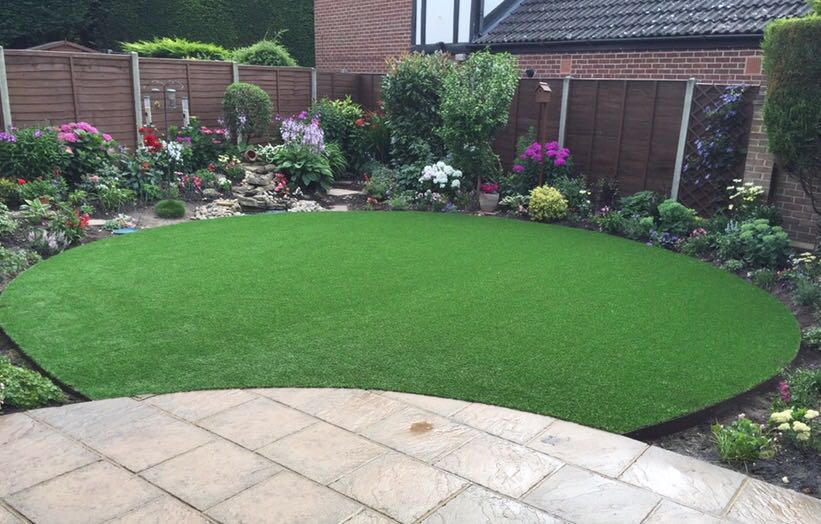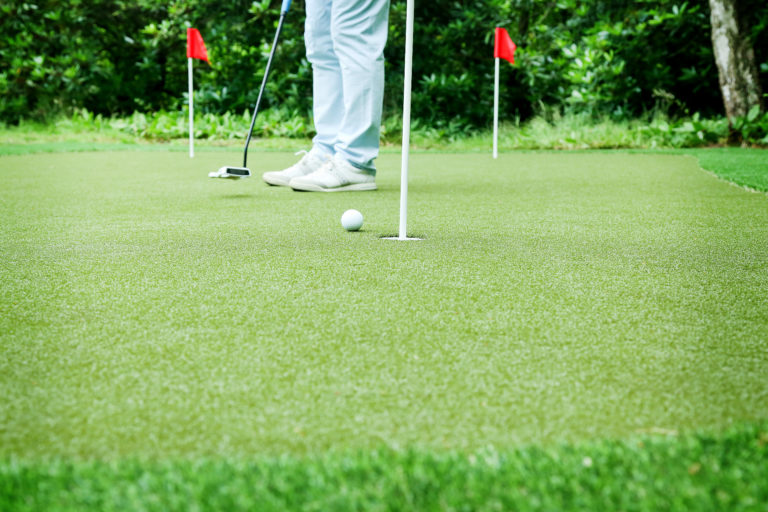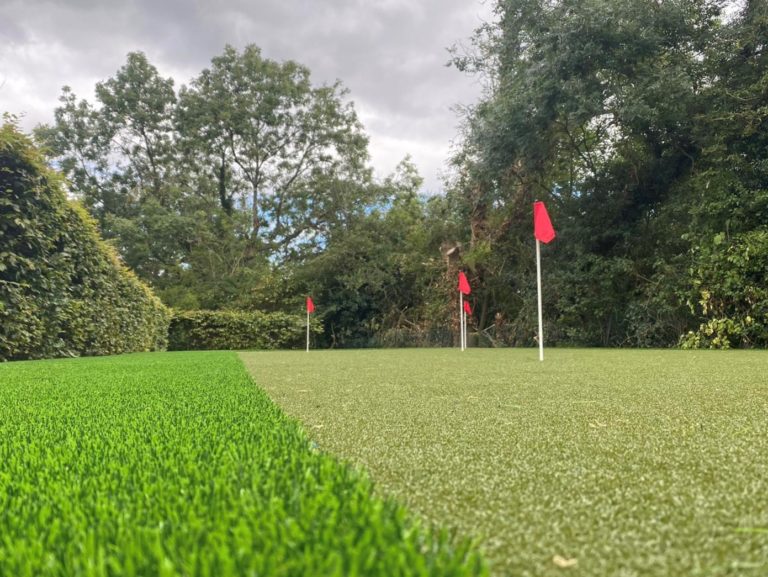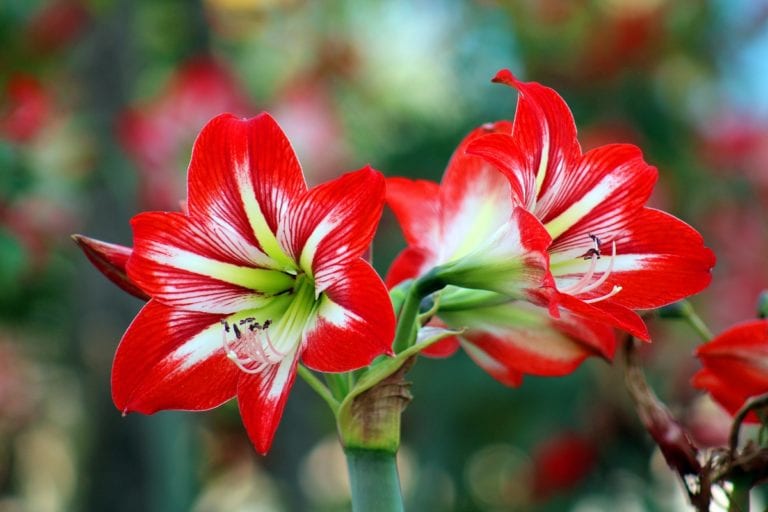How do you know which artificial grass is the right one for you?
It can all seem a bit baffling if you’ve seen lots of grass samples. How can you tell the difference between them?! Don’t worry, help is coming! We’ve got twelve tips for choosing your grass based on some of the most common questions we get asked. Take a look…
- It’s all about the feel! Really get your hands in a sample, and brush it against your arms and legs. Chances are you don’t just stand in your garden, so it’s good to know how it feels against parts of your body other than your hands!
- Take a look at the backing. Are there holes? How frequent are they? If they are few and far between it might mean that it does not drain water as effectively as other grasses. If you live in a rainy area, this might be a big factor for you.
- Put your grass sample outside and look at it at different times of the day to see how light makes a difference to the colour. Morning, lunchtime and afternoon will all look slightly different, just like a natural lawn.
- Does the grass require an in-fill? That’s where you add a material like sand to the top. Our grasses don’t require an in-fill, but some do. Consider this as part of your maintenance costs, as you will likely have to replace the sand at some point.
- Shorter piles are generally better for cleaning up after pets. Lovely long grasses over 35mm might feel really lush but they can make it tricky when you’re picking up after dogs.
- Compare grasses with similar specifications. If they are differently priced, what might be the reason?
- Find out if there is a guarantee on the grass, and what this guarantee will cover.
- Is there also a guarantee on installation? Find out how long it lasts.
- Are you doing the installation yourself? If so, do you know what you’re doing? Take a look at our installation guide if you need a bit of help.
- Really consider who will be using it, and how often? If the grass is going to get a lot of traffic you want to make sure it can withstand the amount of feet. It’s important to consider durability, not just appearance and feel when choosing a grass.
- Knowing how easy it is to clean the grass is also pretty important, especially if you want to have kids and pets using it at the same time. Unlike natural grass, washing the area with warm soapy water won’t kill or discolour the grass.
- Know your polyethylene from your polypropylene can help make a distinction. Polyethylene generally has better ‘bounce back ability’ so grasses made of polyethylene stand a little bit better against compaction. Saying that, all grasses will need a bit of brush every now and again to rejuvenate the pile, especially if you have heavy objects resting on it.
Ready to take the next step onto your beautiful new lawn?
We hope these twelve tips will help you choose the right grass for your garden, and understand a little bit more about the differences between grasses. If you’d like to discuss your requirements give us a call on 0800 2100 461.



